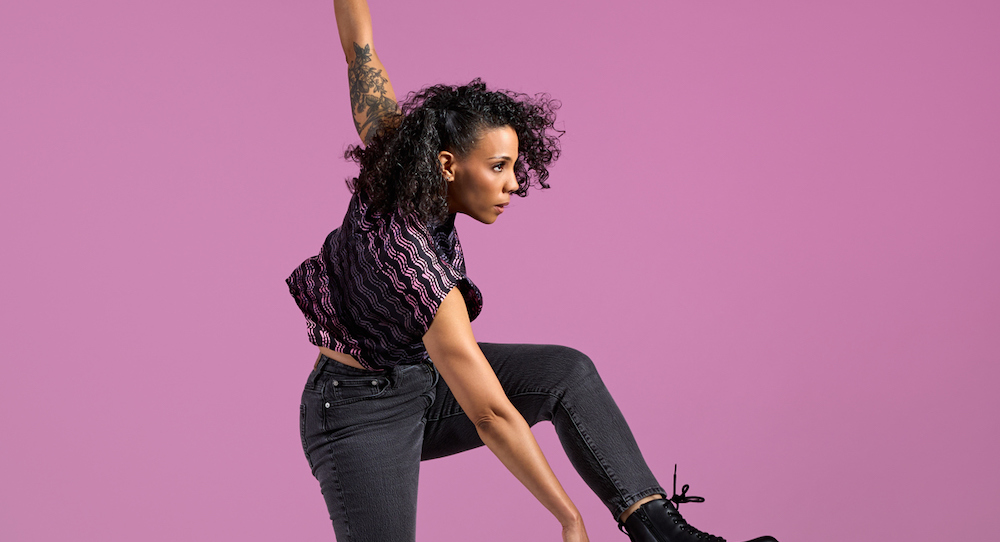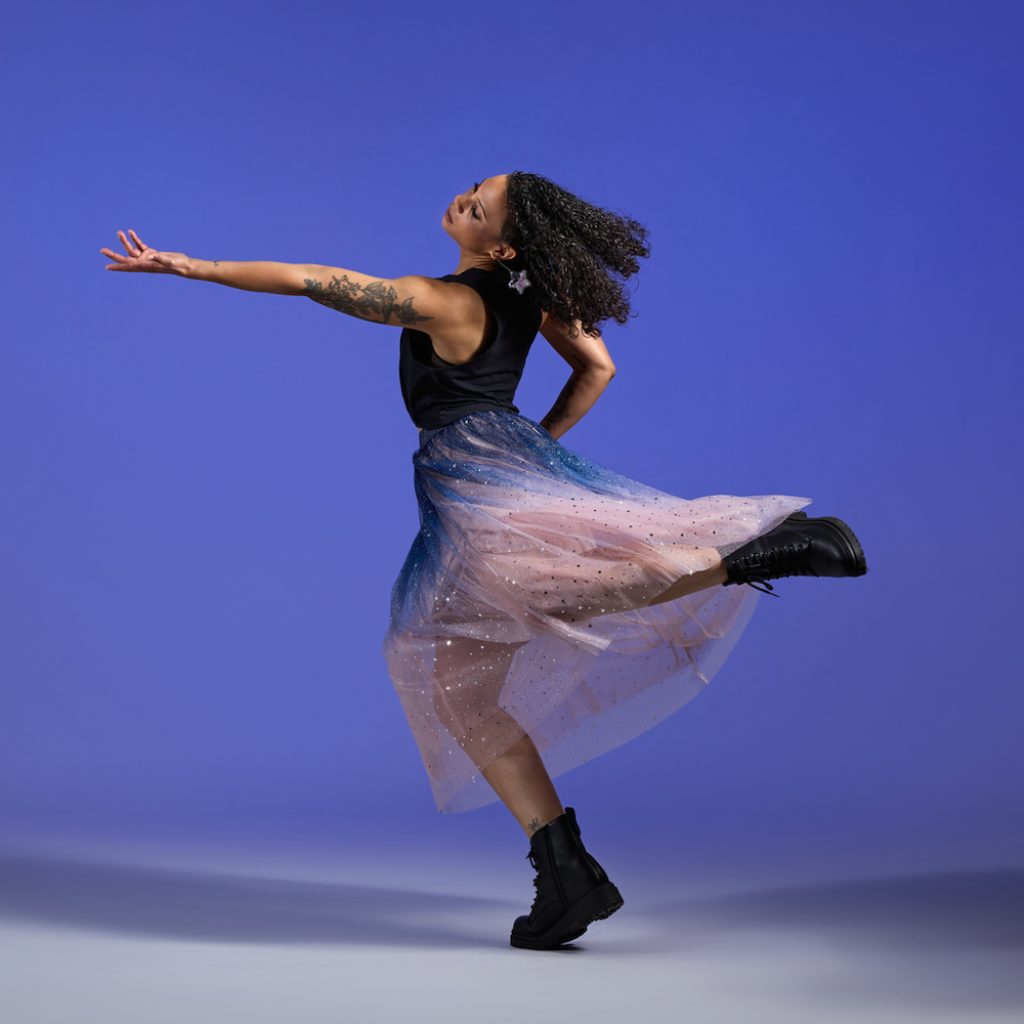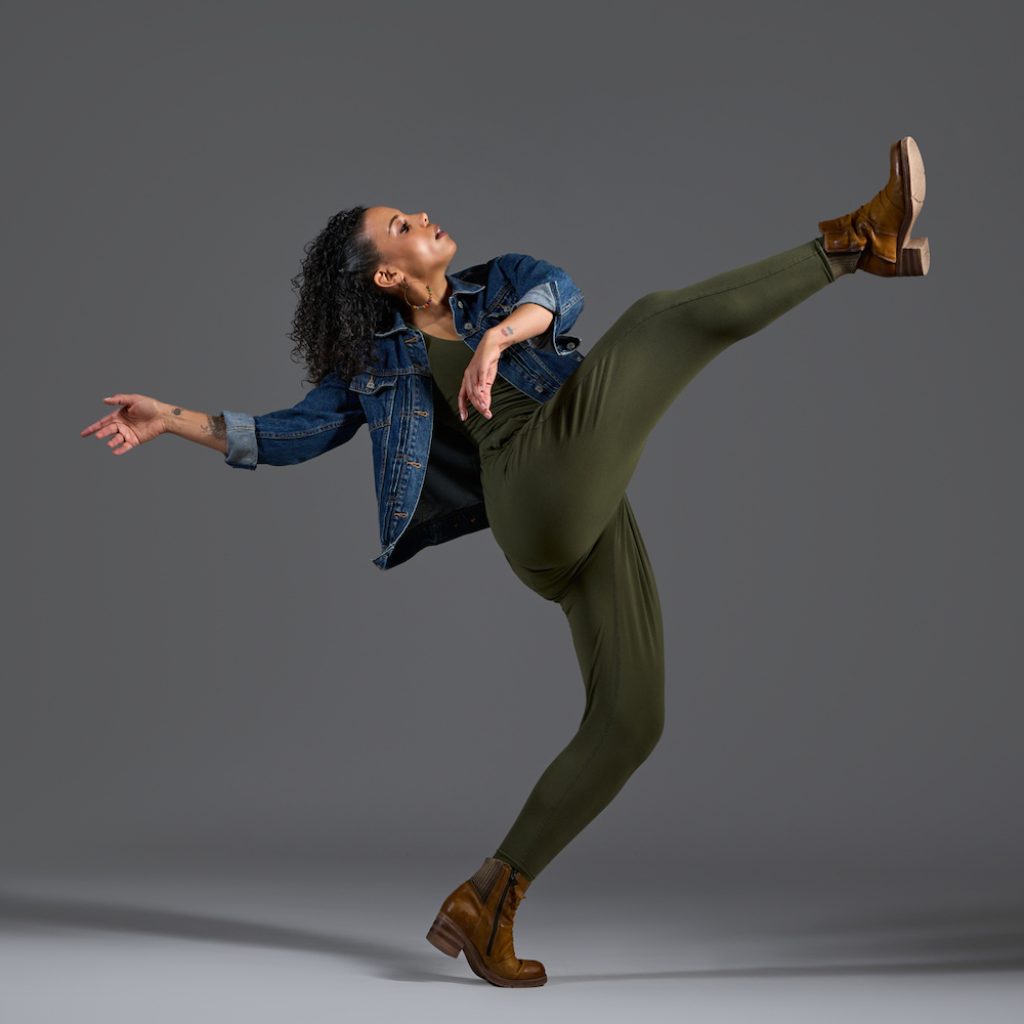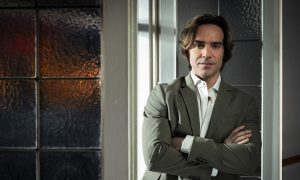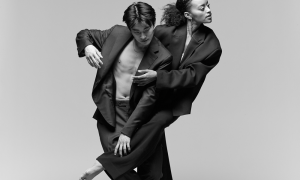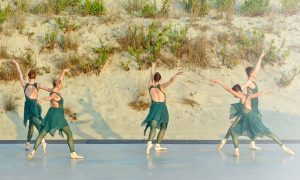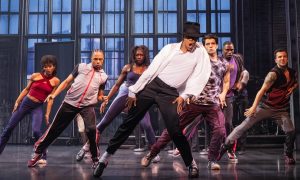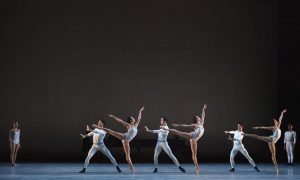Cara Hagan is a mover, maker, writer, curator, champion of just communities, and a dreamer. She is the Program Director for the MFA program in Contemporary Theatre Performance at The New School, and was recently named Executive Director of the Dance on Camera film festival based in New York City. Here, Dance Informa speaks with Hagan about her journey and what keeps her going.
What drew you to dance, and how have your interests evolved over time?
“My dad is a musician and my mom is a writer. My mom and I would watch movies together, and I especially loved musicals. I started dance lessons at age 13 and studied a wide range of dance from ballet to jazz to Afro-Caribbean. I’m very curious about the possibilities that dance holds. I consider myself an explorer. Being an artist was never pushed on me and, like all artists, I’ve questioned what it means to be an artist and whether it is worth it. We don’t live in a society that loves artists. Of course, along the way, knowing how hard it is, and how difficult it is to find a path to financial stability, I realized I’d be an artist either way, whether it were my job or not.”
What do you aim for as the director of the Contemporary Theatre Performance program at The New School? What do you hope students will take away from their experience?
“The MFA program is a degree program for multidisciplinary artists and attracts students from a wide range of cultures, backgrounds and ages, so students are bringing in a wide range of approaches, philosophies, goals, etc., that are mixed together. My role is one of support and to help students figure out who they are as artists. I try to help them define the difference between what they want to do versus what they need to do and steer them to find their goals as an artist. I tell my students to embrace the ethos of collaboration and be fierce collaborators. Even solo artists don’t work alone; there’s always someone working in tandem or on the sidelines, to bring the work forward. The program is a place that creates a space to make art, and help students leave with a better understanding of what they want to do.”
As the newly appointed Executive Director of the Dance on Camera series, what challenges are you facing? And what creative solutions are you finding in response?
“Going on 54 years, Dance on Camera is the longest running dance film festival in the world. Lincoln Center served as its home for many years, but this year, we were hosted by Symphony Space which was a great partnership! We have a few programs. Right now, we are addressing the loss of funding and a turnover of our board. In my position, I’m committed to staying true to the values of Dance on Camera and ensuring that our programs can keep going, and growing! Already, ideas are percolating about how to reinstate some of the programming that went away during COVID, and expand that programming to align with what’s happening currently across the arts.”
How did you gravitate toward dance film, and what do you tell budding dance film makers?
“My background is firmly in dance which, as an explorer with a wide range of interests, led me to consider all the things you can do with dance. I started making dance films in college and have explored a wide variety of settings from nature to my bedroom. I’ve made stop motion films, and I’ve experimented with color, gesture and narratives. Dance film, or screendance, is similar to other types of filmmaking except the body is the driver of narrative rather than dialogue. Film is different from live dance – it zooms in on aspects of movement and reveals elements of movement that can’t be captured on stage. When making a dance film, it’s valuable to have a choreographic mentality and sensibility. The camera is not just a witness; it captures the artistry of the choreography, so anyone making dance films needs to be aware of their choreographic intentions.”
As a creative explorer, what keeps you going?
“One thing that’s great about dance is being in a space with others — that down-to-earth feeling. Dancers will sit on the floor and talk things through. As a social species, it’s important for us to be together. The world needs art. Artists are the world builders: we offer diversity of thought and respond to the issues of the world. If everyone made art, we’d be a better society.”
You can follow Cara Hagan on Instagram: @carahagan_art.
By Nicole Colbert of Dance Informa.
